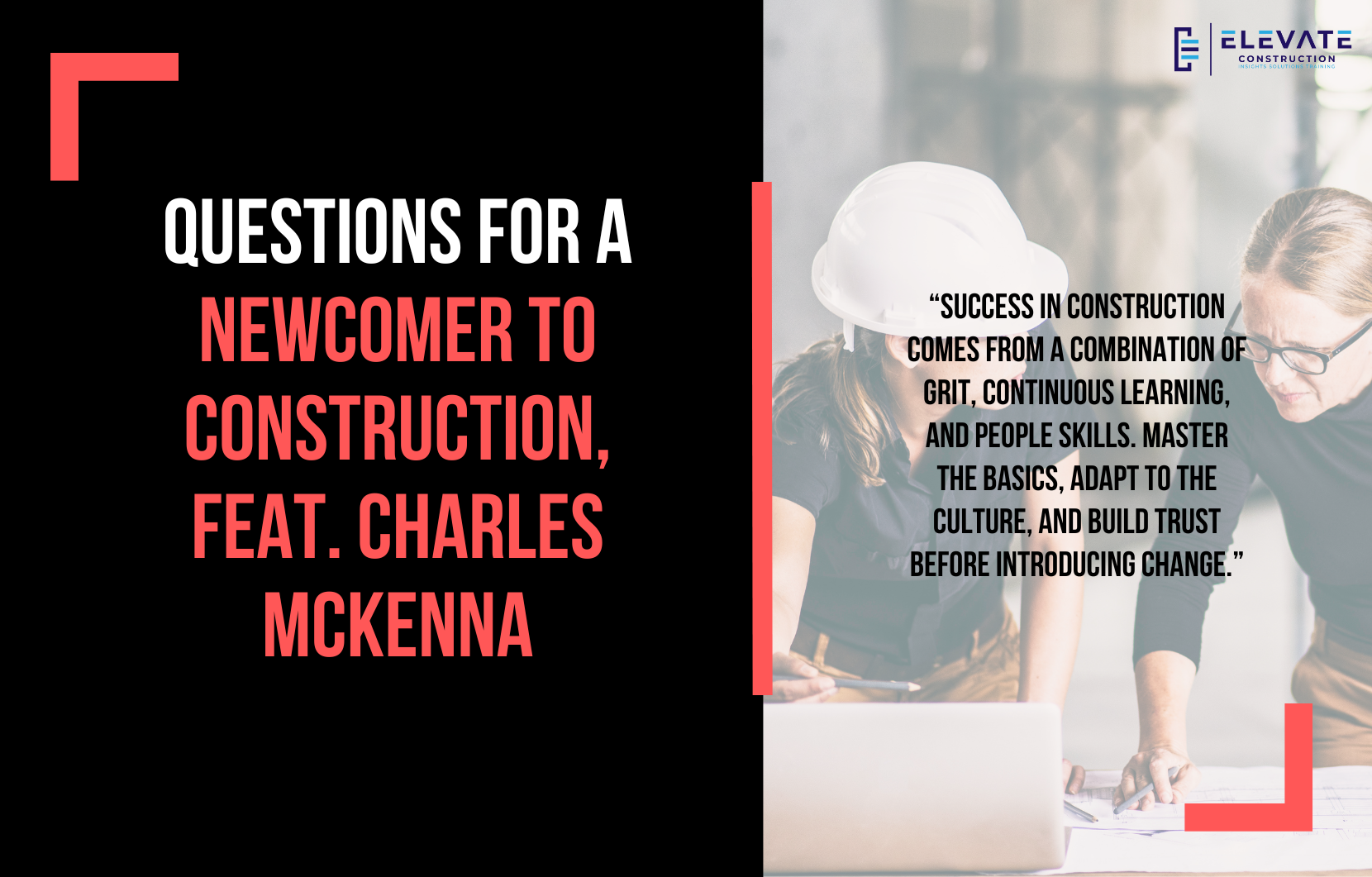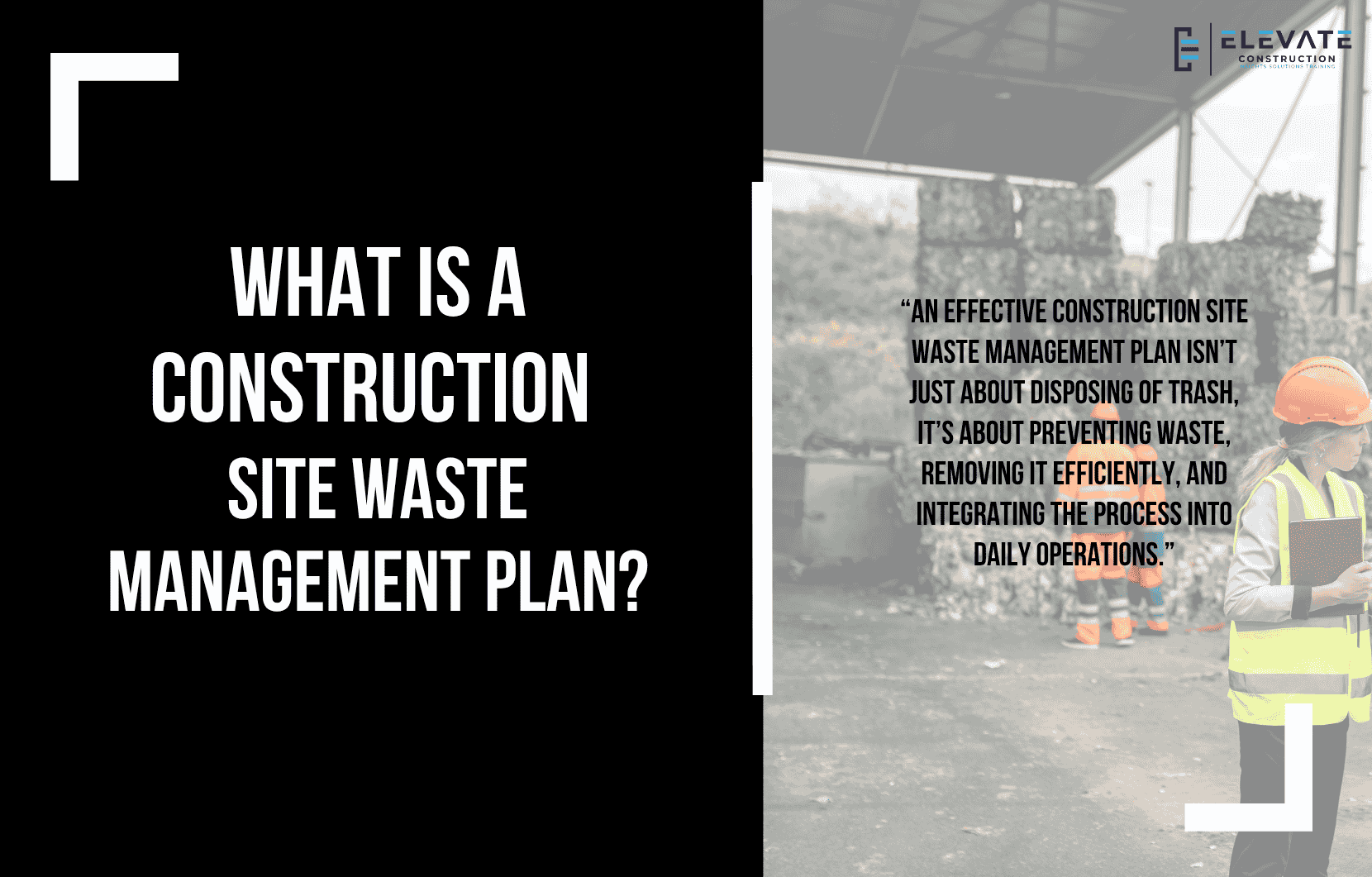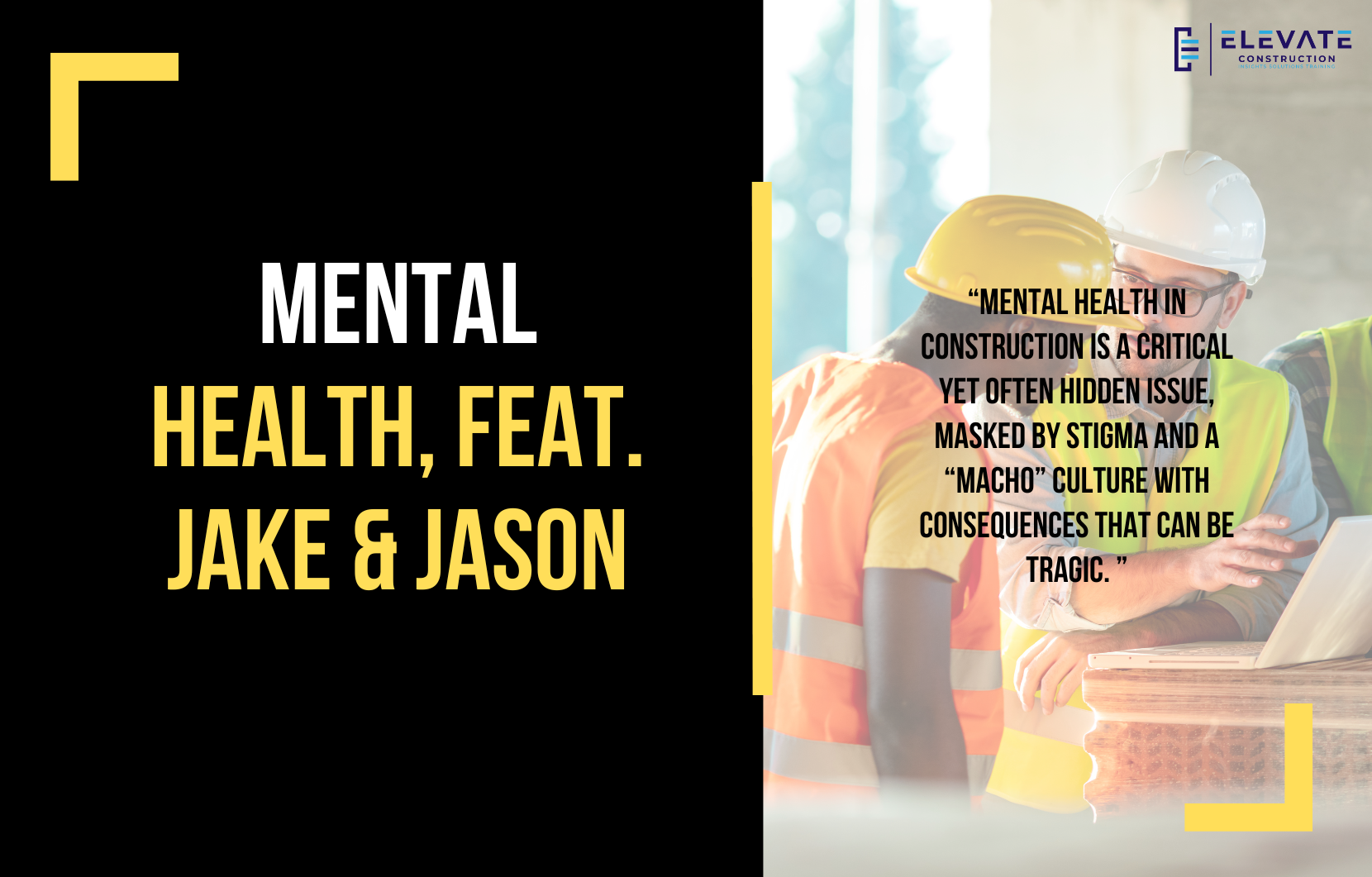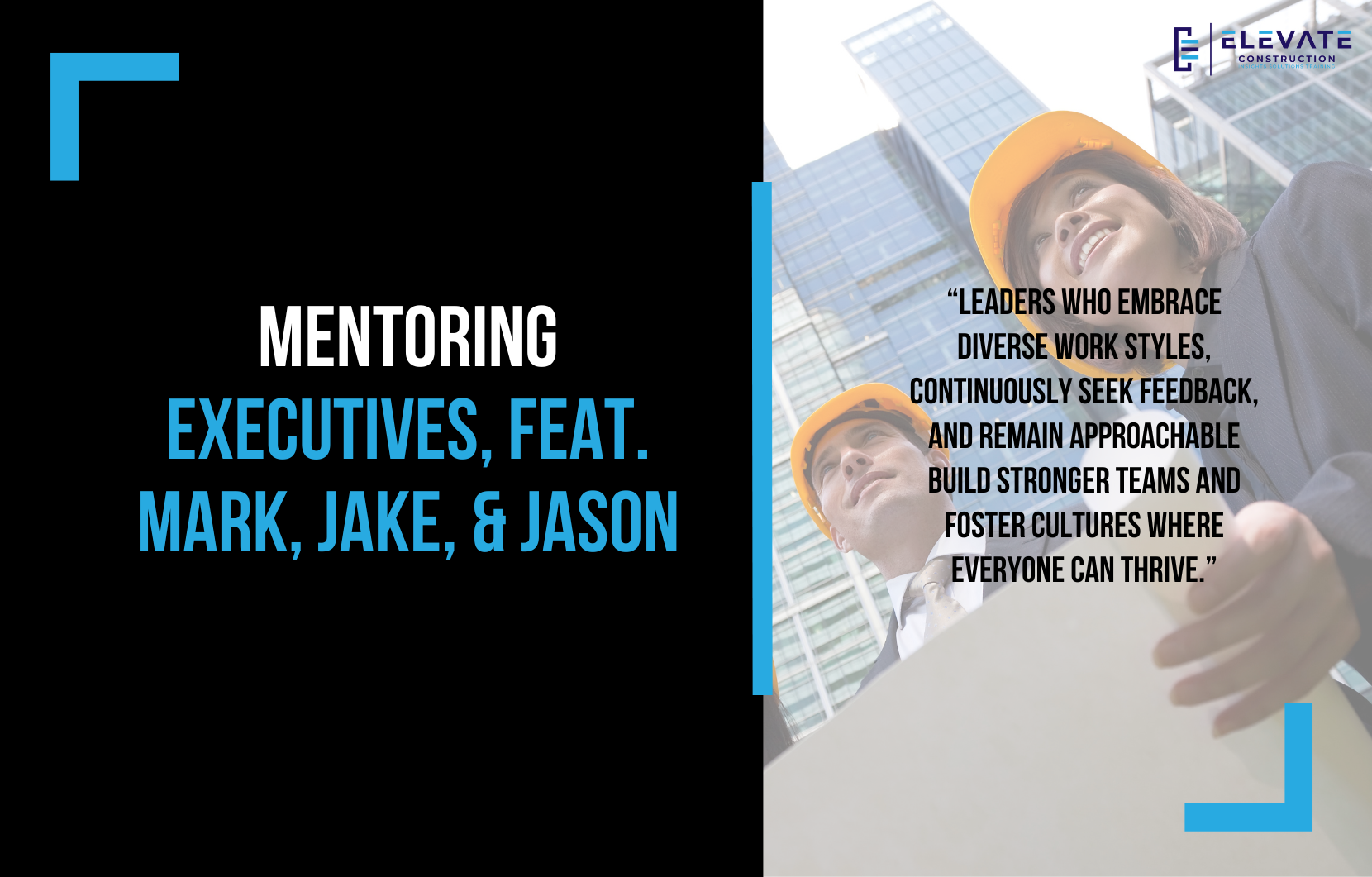How Bomb Disposal Can Teach You to Run Better Remote Meetings
Not long ago, I was on a virtual call watching one of our teams present. They were doing a great job overall, but because of a lack of training, the presenter kept jumping around the screen, switching contexts too quickly.
It made me think of a simple but memorable analogy I’ve used before.
Running a remote meeting, whether on Zoom, Teams, or any other platform, is a lot like… well… making out. The best approach is to find the right spot, stay there for a while, and move with intention. Don’t dart all over the place. Keep it steady and focused.
If that analogy’s a little too colorful for you, here’s another: imagine a scene in a movie where someone is defusing a bomb while talking to an expert over the phone. The expert doesn’t rush:
“Okay, open the cover. Good. Now find the red wire. Good. Now cut it.”
They give one instruction at a time, wait for it to be done, and then move to the next step.
That’s exactly how we should run virtual presentations, and really, any type of communication.
Why It Works Everywhere
Even if you’re not on remote calls often, the principle applies:
- In meetings: Address one agenda item at a time. Finish it before moving to the next.
- In huddles: Focus the team’s attention on a single issue before switching topics.
- With crew direction: Give clear, step-by-step instructions, then confirm understanding.
I remember Randy Gonzales at Hensel Phelps telling his carpenters: “This is what I want you to do. Please repeat it back to me. Do you have everything you need? When you’re done, come back to me.” One task at a time. Clear, calm, and complete.
The Core Principle: One Activity Frame
Whether you’re sharing your screen in a remote meeting, leading a project OAC, or giving a foreman instruction in the field, stay in one “activity frame.” Handle one piece of work, one discussion, or one instruction completely before moving on.
It makes your communication clearer, your team more confident, and your results better.
Key Takeaway:
Treat your instructions like you’re talking someone through bomb disposal, one clear, steady step at a time. Stay in one frame of focus, complete the task, and only then move on.
If you want to learn more we have:
-Takt Virtual Training: (Click here)
-Check out our Youtube channel for more info: (Click here)
-Listen to the Elevate Construction podcast: (Click here)
-Check out our training programs and certifications: (Click here)
-The Takt Book: (Click here)
Discover Jason’s Expertise:
Meet Jason Schroeder, the driving force behind Elevate Construction IST. As the company’s owner and principal consultant, he’s dedicated to taking construction to new heights. With a wealth of industry experience, he’s crafted the Field Engineer Boot Camp and Superintendent Boot Camp – intensive training programs engineered to cultivate top-tier leaders capable of steering their teams towards success. Jason’s vision? To expand his training initiatives across the nation, empowering construction firms to soar to unprecedented levels of excellence.
On we go











